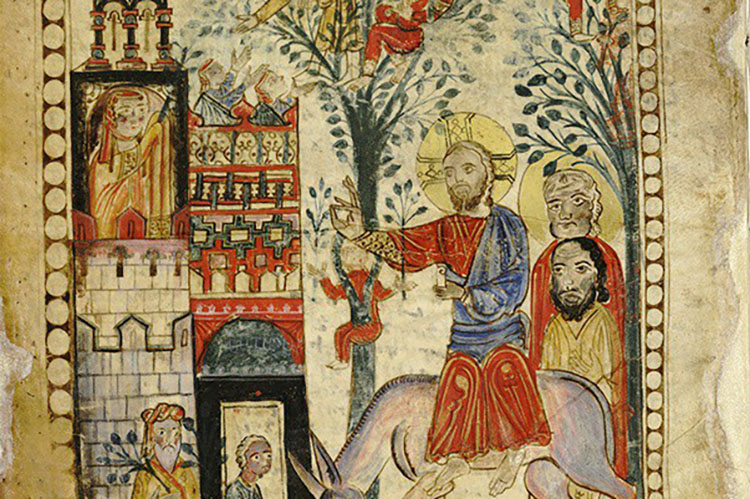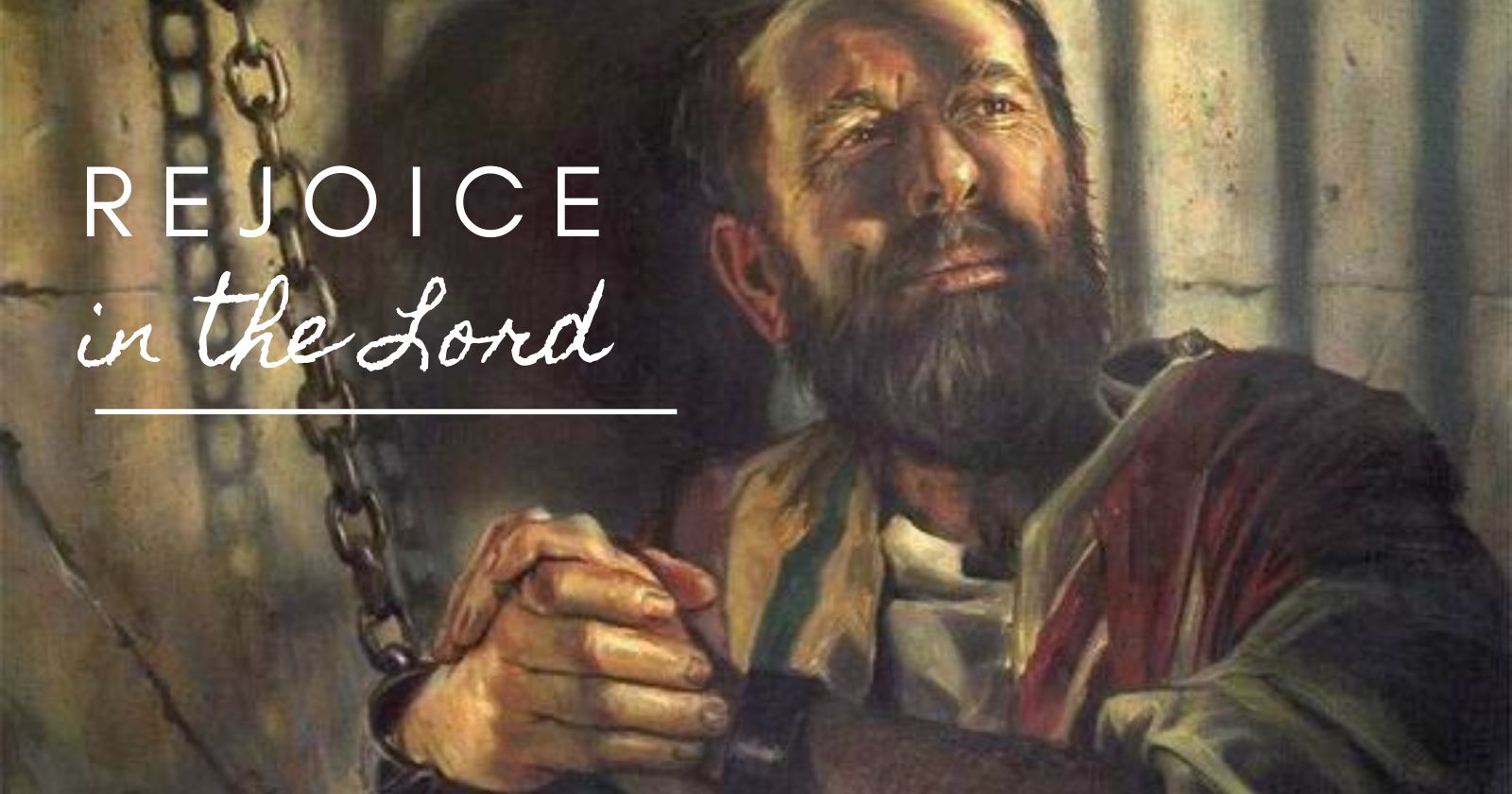In the Armenian Institute of Ancient Manuscripts Matenadaran there is a peculiar and precious manuscript kept under the number N6288. It is better known as the Gospel of Haghpat. It was created in 1211 A.D. in the monastery of Haghpat by the request of Ani resident Sahak. Once completed the manuscript was taken to Ani to be illustrated by one of the most prestigious illustrators of the time, Markaré. Many scholars have studied and published extensively about the cultural, historical and artistic significance of this Gospel. Today I want to talk about one of Markaré’s illustrations found in the Gospel of Haghpat. When it came to the story of Palm Sunday, he did something unusual and untraditional in how he depicted and presented it.
In Markaré’s illuminated painting Jesus does not pass through the gates of Jerusalem but through the triumphal arch of Horomos monastery which, though partially ruined, survived to our day. Instead of cheerful Jewish pilgrims greeting Jesus, Markaré depicted the entire family of Sahak and it appears Jesus is headed straight to their home, blessing them as he approaches their house. We find Sahak standing outside ready to greet the Lord, his wife can be seen in the window on the second floor, daughters on the balcony and their three sons on the olive tree next to the house, all greeting Jesus with olive branches and welcoming him to their home.
It is as if Markaré is inviting, reminding and teaching us that the events of Palm Sunday and the Holy Week are not merely about recalling historical facts and events but more importantly stepping into those events and realities. Today, as two thousand years ago, Christ is passing by our homes and hearts, ready to heal, ready to listen and to love. The celebration of Palm Sunday is an invitation to meet the Lord, welcome him into our lives and families, renew and rejuvenate our faith.
Most importantly, Palm Sunday is an opportunity to reflect and evaluate who in the crowd we would be if we could indeed step into the story of Palm Sunday. Would we ask for healing and help like the two blind men on the side of the street, would we be someone in the cheerful crowd spreading our clothing on the ground and greeting Christ with palm branches only to deny him and demand his crucifixion few days later? Would we be one of the disciples who despite their firsthand knowledge and relationship with the Lord abandoned him and denied even knowing him. Or perhaps, we would be like the few faithful women who, despite not even being mentioned in the story of Palm Sunday, were the only ones who never abandoned him, and risking their own lives stood by the Lord as he was being mocked, laughed at, condemned to death and crucified.
Palm Sunday is not a mere annual liturgical feast. It is a way of life that constantly reexamines and evaluates our relationship with our Savior. It is a way of life radiating with peace, humility, forgiveness, healing and love. Humility as He humbled himself by riding to Jerusalem on a donkey, forgiveness as He forgave those who wrongly accused and crucified him, healing as he healed and uplifted everyone hurting and in pain, and love as He loved us by giving His life for our redemption and salvation.


